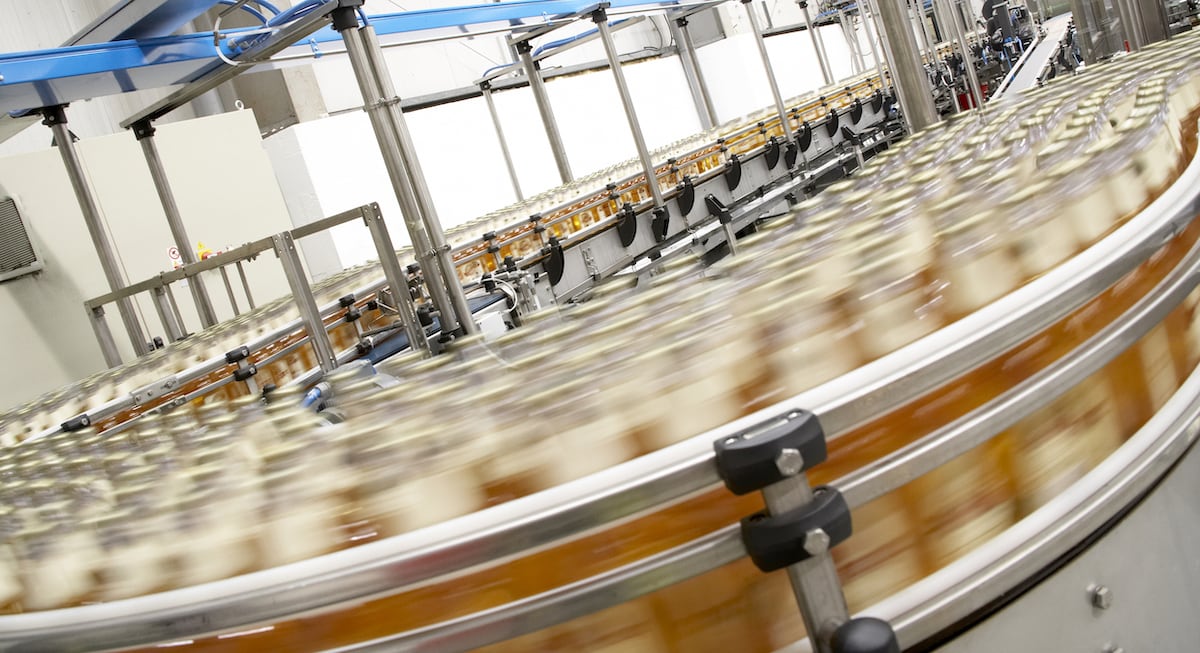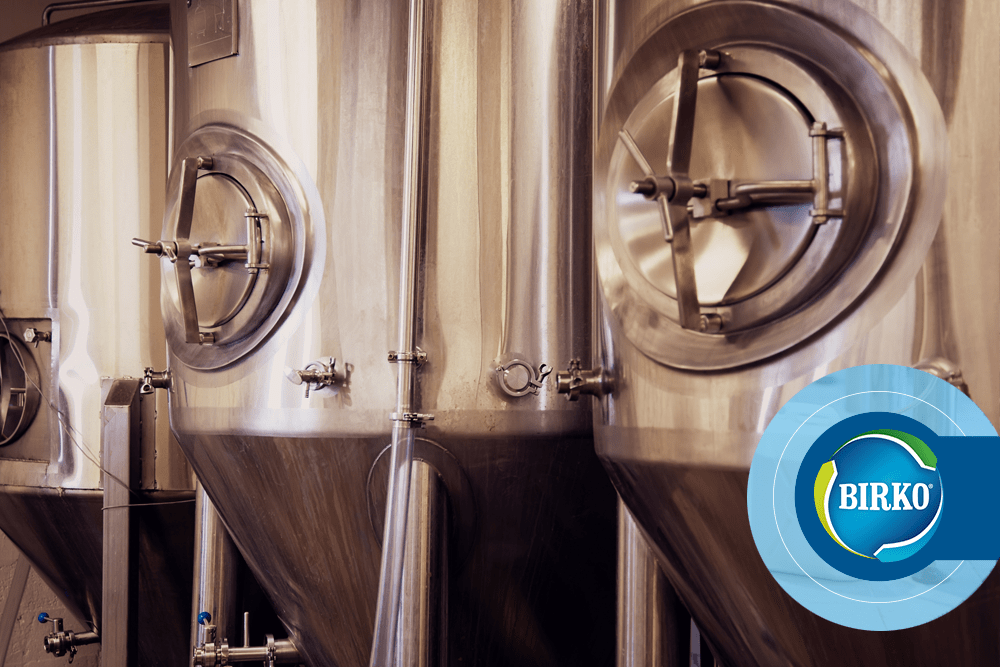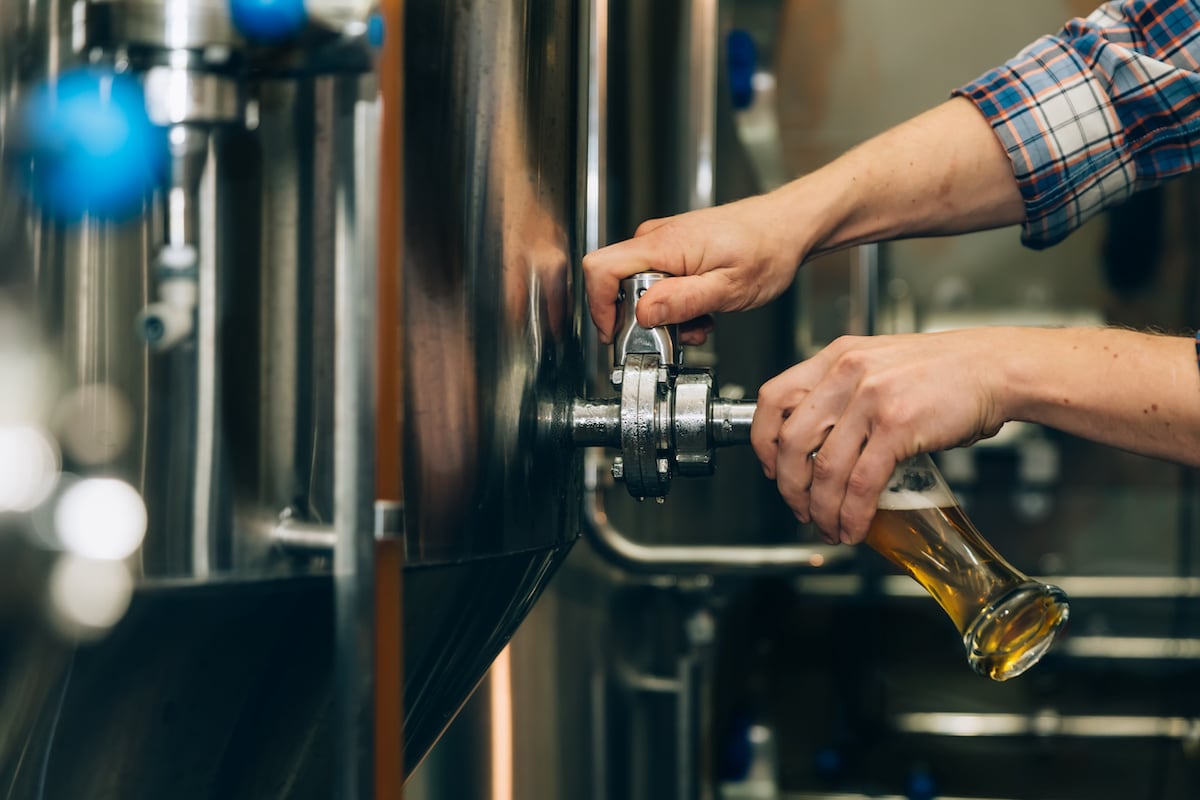How big is too big? This is a very hotly contested issue in the craft brewing world these days. It has been termed “craft vs. crafty.” In other words, some of the smaller craft brewers (all malt flagship brands) do not take kindly to the large breweries horning in on their success by producing and marketing their beers to look as though they are made by a craft brewery.
Craft brewers can and do grow the company without sacrificing their brand or image – up to a point. As long as the original owner(s) are in charge and they do not sell out to a large brewery, those in the know about such matters will support the craft brewery they like. Often, when a craft brewery gets so popular and so large that it becomes attractive to a large brewery company and sells some or all of its company, many people get turned off and look for other brands that are smaller and locally owned and operated. Other people really don’t care who owns the brand as long as the beer tastes good.
So how do craft breweries grow without losing fans? Here a few things that are important in order for this to happen:
1. Consistent Quality. The beer needs to be fresh and flavorful each time. Slick marketing might work to get people to try the beer but it does not keep them coming back, time after time. The best craft breweries have very loyal and knowledgeable fans who will instantly know if the recipe on their favorite beer(s) suddenly get dumbed-down in an attempt to attract a larger fan base.
2. Seasonal Releases. Some of the best craft breweries do seasonal releases for various times of the year (fall, holidays, spring, summer, etc.). This keeps the company from getting stale (so to speak) in terms of “what’s new?” Barrel aging is very popular right now, and these types of beer command a steep price in some cases.
3. Fun Events. Often geared to seasonal or special releases, successful breweries will support, sponsor or even host their own super cool event to connect with the public, oftentimes creating a special beer made especially for the event. These events are typically for a good cause, too, furthering the brewery’s commitment to the local community.
Some of the biggest craft breweries have become too large to support a single brewery. Moving forward, it will be interesting to see how these craft breweries will fare in the minds of the consumer as they take on second breweries far from their original home, develop a greater national presence, and make it easier than ever to find their beers. Will it hurt or help them? Only time will tell as we enter into the next phase of the U.S. craft brewing movement.








